Christina...
Ideal_Rock
- Joined
- Mar 7, 2011
- Messages
- 5,028
I was recently doing a search for another forum member and I came across this stone. When I viewed the hearts image, you can see a dotted circle through the hearts pattern. I don't think that I have seen this before and I assume that it is the tiny triangles (sorry I have no idea if there is a proper name) on either side of the arrows on the star facets. I'm wondering though if it is somehow indicative of the stone potential performance, or if it means nothing....
ETA I think that I remember reading that these tiny triangle areas will produce areas of nice fire, is this true?
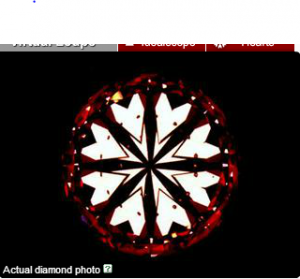
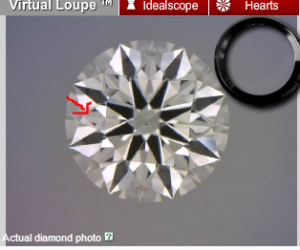
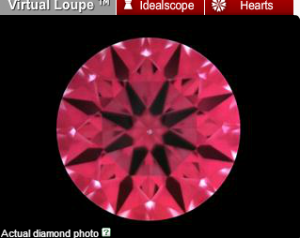
ETA I think that I remember reading that these tiny triangle areas will produce areas of nice fire, is this true?




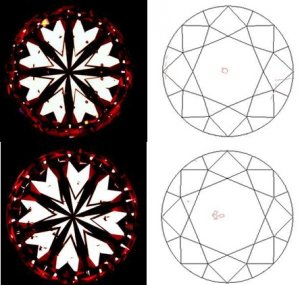
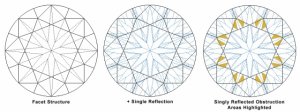
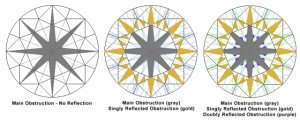
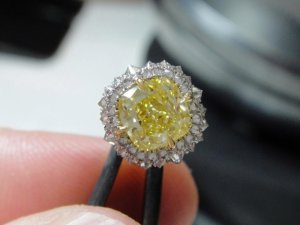


300x240.png)